World Science Culture Forum (세계과학문화포럼)
17.5Km 2025-03-19
107 Expo-ro, Yuseong-gu, Daejeon
+82-42-719-8043
The World Science Culture Forum is an open event to promote the discussion around science and its impact on culture and the greater community.
Daejeon Convention Center (DCC) (대전 컨벤션센터)
17.5Km 2019-03-18
107, Expo-ro, Yuseong-gu, Daejeon
Daejeon Convention Center (DCC) opened on April 21, 2008 in support of the local convention industry, one of Daejeon’s fastest going business during the time. The DCC is a state-of-the-art facility with a grand ballroom with seating for up to 2,000 people and an exhibition hall with a capacity of 2,600 people. The DCC boasts 24 professional meeting rooms including eight medium-sized meeting rooms and four exhibition halls on the first floor.
Partner companies of the DCC include international meeting planners, hotels, PR and printing companies, and travel agencies, offering one-stop services for business travelers. Nearby attractions and facilities include EXPO Science Park, an outdoor stage, a variety of accommodation facilities, restaurants, a shopping mall, Hanbat Arboretum, Culture and Arts Center, and a municipal art museum.
Daejeon Science Festival (대전사이언스페스티벌)
17.5Km 2022-10-24
87, Expo-ro, Yuseong-gu, Daejeon
• 1330 Travel Hotline: +82-2-1330 (Korean, English, Japanese, Chinese) • For more info: +82-42-250-1452
Daejeon Science Festival takes place in the heart of Korea's science and information technology hub. The festival provides a chance for visitors to experience advanced technology as well as increase their imagination. In addition to science, the festival also includes elements from the field of literature for a well-rounded chance to learn and explore. Children will especially love the many hands-on activities available during the festival.
Beer Week & Tteugi Hanu (비어위크&특이하누)
17.6Km 2025-03-15
480 Daedeok-daero, Yuseong-gu, Daejeon
+82-10-9112-3972
A popular festival along Daejeon citizens, the Beer Week & Ttteugi Hanu offers top-grade hanu (Korean beef) to pair with craft beers made by local breweries.
Daejeon Shinsegae Art & Science (대전신세계 Art & Science)
17.7Km 2023-02-09
1, Expo-ro, Yuseong-gu, Daejeon
Daejeon Shinsegae Art & Science is a culture and art complex containing cultural and art contents and the identity of Daejeon as the science capital of Korea. It was designed by a consortium of the Shinsegae Group and Kyeryong Construction Industrial and was built with five underground floors and 43 ground floors over a section of the Expo Science Park site. The complex consists of Podium (department store building) and Tower. As you can see from its name, "Art & Science," it offers diverse contents that combine Shinsegae's unique culture and art as well as future science and technology, from "Shinsegae Nexperium," a science museum designed together with professors from KAIST and "Sports Monster," the first indoor sports theme park in the region, to an aquarium with a 4,200t tank that utilizes digital media and a rooftop garden with a panoramic view of Gapcheon Stream. All of these contents that were not able to be experienced in the past attract young visitors in their 20s and 30s. In addition, it introduces exhibits of famous galleries and seeks the growth of Daejeon culture and arts through collaboration with local artists.
Smob - Daejeon Branch (스몹 대전)
17.7Km 2024-05-23
1 Expo-ro, Yuseong-gu, Daejeon
Smob is the world's first adult playground, featuring 25 attractions based on various sports that are enjoyable for everyone, including those who aren't particularly athletic or interested in sports.
Daejeon Expo Aquarium (대전 엑스포 아쿠아리움)
17.7Km 2025-02-04
1 Expo-ro, Yuseong-gu, Daejeon
Daejeon Expo Aquarium combines living marine life with media art. It is themed around the sea in Greek mythology, incorporating the story of Poseidon, the god of the sea, into its exhibits. Visitors can enjoy performances such as underwater ballet, feeding shows, and magic, along with activities like sea exploration boat rides, seawalker experiences, scuba diving, fish feeding, and 5D experiences. The facility also features a café, a kids' zone, and a gift shop.
Currency Museum of Korea (화폐박물관)
17.7Km 2019-03-18
80-67, Gwahak-ro, Yuseong-gu, Daejeon
+82-42-870-1000
The Currency Museum of Korea is the first museum in Korea to be dedicated solely to modern and ancient currencies. The museum (est. 1988) is operated by the Mint Corporation of Korea as part of its non-profit public services and is open to visitors free of charge with a view of increasing public knowledge of the nation’s currency. The museum features a total of 120,000 pieces including: coins currently in use both in Korea and overseas; coins from modern times (from the Late Joseon Dynasty until today); 80 types of commemorative coins; 88 types of ‘special money’; postage stamps, and other materials.
Exhibition Room 1 presents a wide selection of coins from both ancient eras and modern times, with many of the coins dating back to the Goryeo and Joseon dynasties. Coins on display in this room include Geonwonjungbo (996), the first coin ever minted in Korea; Haedongwonbo (1097); and Sangpyeongtongbo, the most widely used coin during the Joseon Dynasty. Other displays include commemorative coins from past Olympics, special coins, charms, amulets and Lydian currency, the world’s first-ever alloy coin minted around 670 BC.
Exhibition Room 2 (Exhibition of Bills) displays a wide variety of bills by era as well as information detailing the production process of a banknote (from the manufacturing of the paper used to the finished product). Exhibition Room 3 shows how authorities spot counterfeit money while Exhibition Room 4 has a wide selection of stamps, medals, and currencies from over 120 different countries around the world including Russia and North Korea.
Geological Museum (지질박물관)
17.7Km 2025-01-10
124, Gwahak-ro, Yuseong-gu, Daejeon
+82-42-868-3798
The Geological Museum located in Yuseong-gu, Daejeon, is the nation’s first comprehensive museum dedicated to geology. The museum, established in 2001, operates with the goal of promoting public understanding and support of the field of geology, offering geology-related movies/videos, lectures and diverse hands-on experience programs. There is even a geology specimen center where samples are preserved for use by researchers.
Cheongju Sangdangsanseong Fortress (청주 상당산성)
17.7Km 2024-10-24
70 Seongnae-ro, Sangdang-gu, Cheongju-si, Chungcheongbuk-do
+82-43-201-0202
Sangdangsanseong Fortress in Cheongju, Chungcheongbuk-do is a fortress built along the natural slopes close to downtown Cheongju. It was comprehensively improved in 1596 (29th year of King Seonjo’s reign) during Imjinwaeran (Japanese invasion of Korea in 1592) and later remodeled into a stone fortress during the 42nd year of King Sukjong’s reign.
This 4.2km-long, 3-4m-tall fortress was built with stones of various sizes, earth and sand. The fortress has three gates, located in the east, west and south respectively. The three gates remain almost intact, and all still have their gate towers. The front gate in the south, named ‘Gongnammun Gate,’ is crescent-shaped while the East and West gates are square. The East and West Command Posts also stand within the confines of the fortress itself. This fortress was designated as Historic Site No. 212 in 1970. Additionally, visitors can sample Jujube Wine (Korean traditional wine) as well as a variety of local cuisine.

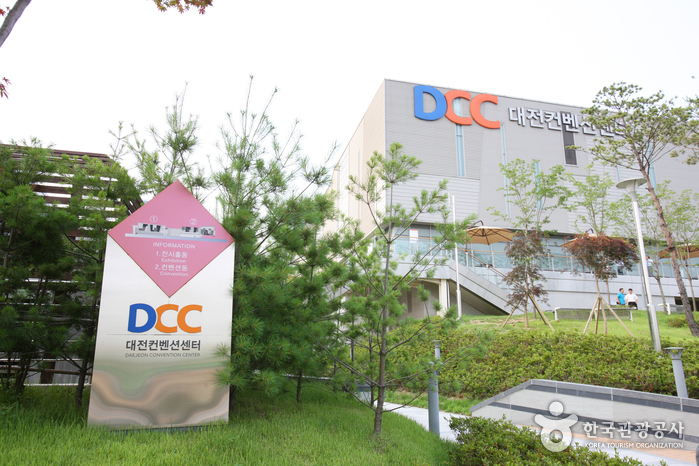
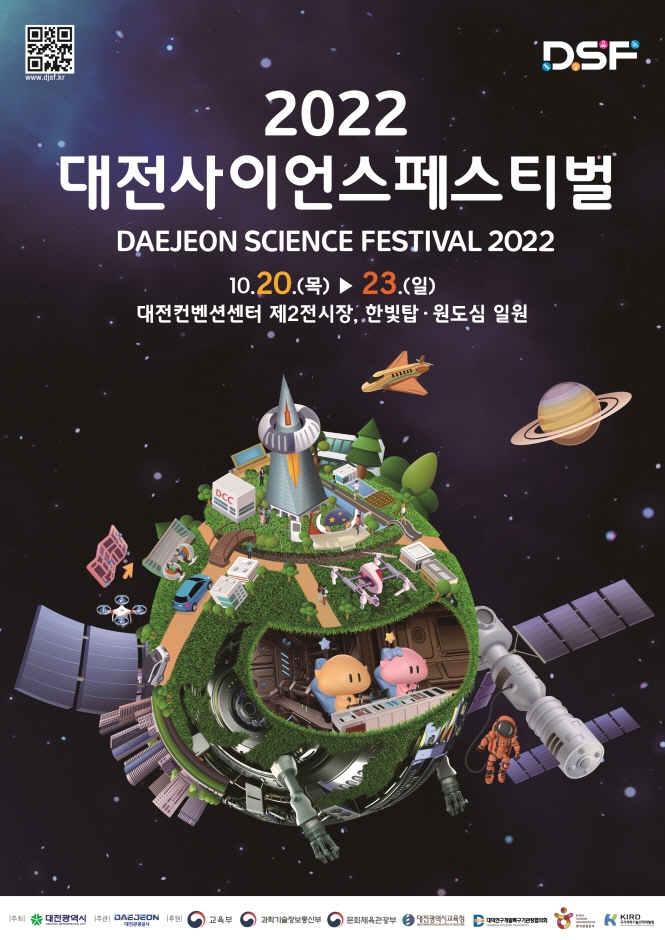
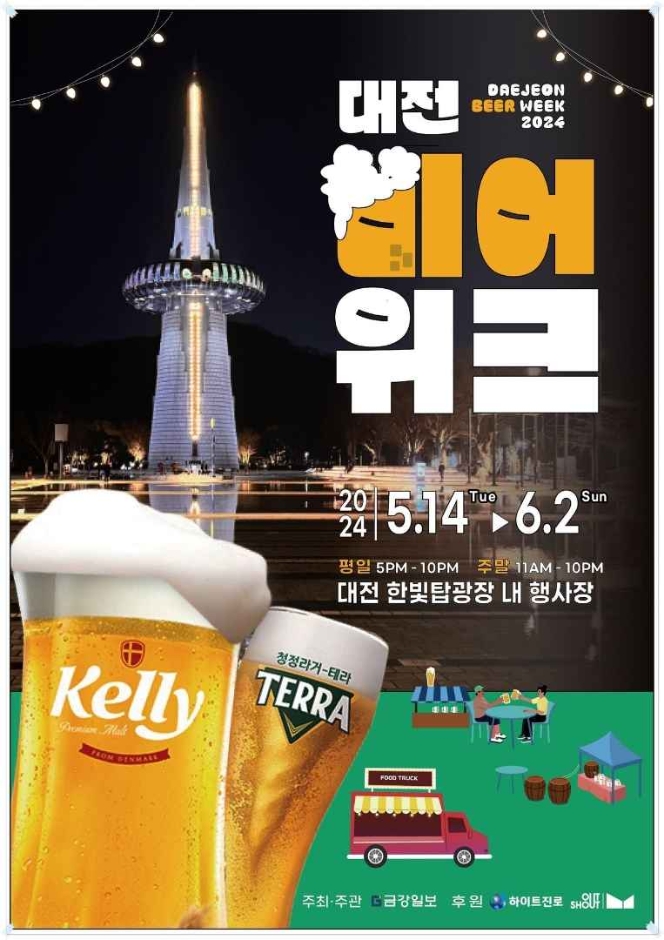
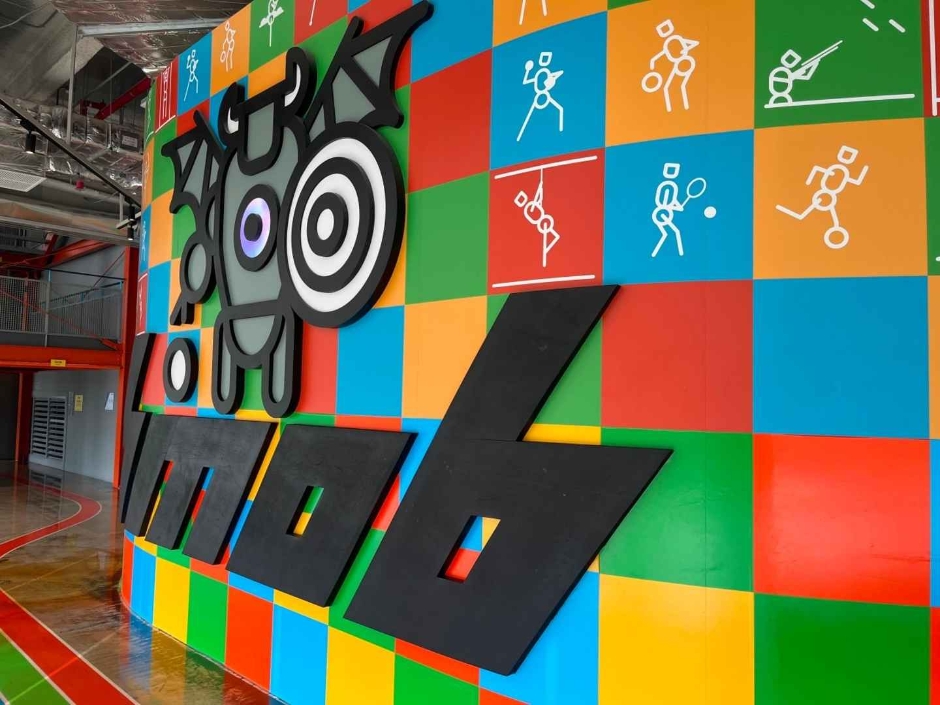
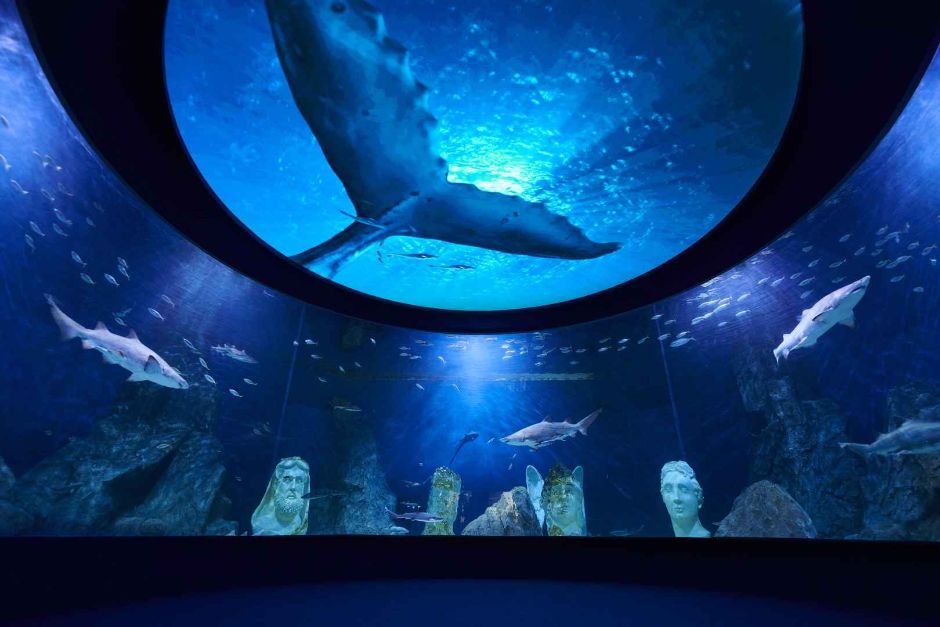
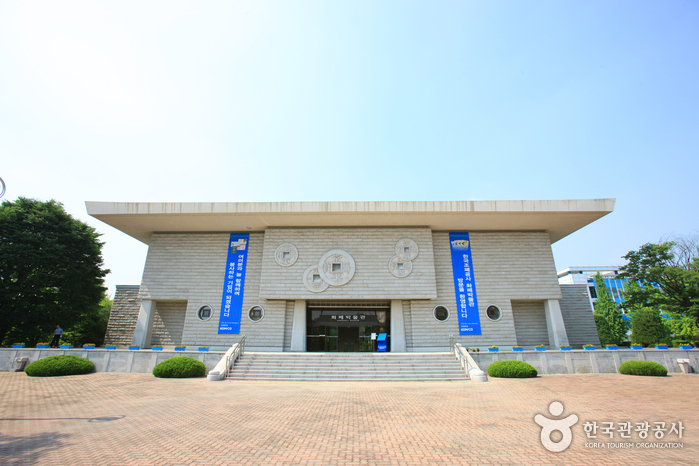
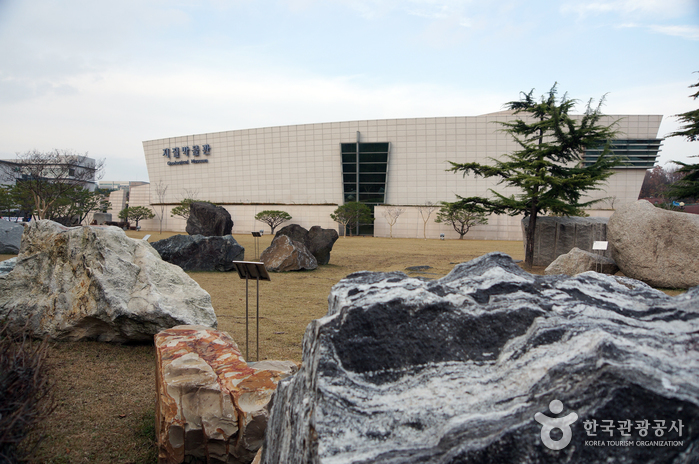
 English
English
 한국어
한국어 日本語
日本語 中文(简体)
中文(简体) Deutsch
Deutsch Français
Français Español
Español Русский
Русский